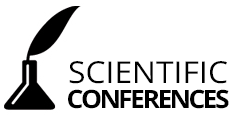Multimedia is the presentation of objects and processes in not a traditional text description, but using photos, video, graphics, animation, sound, i.e. in all the forms known today. Here we have two major advantages – qualitative and quantitative. New opportunities are obvious, if we compare the verbal descriptions with direct visual representation. Quantitative benefits are expressed in the fact that the media environment contains much higher information density. Indeed, one page of text contains about 2 Kbytes of information. The teacher pronounces the text in about 1-2 minutes. In the same minute full-screen video brings about 1.2 GB of information. That's why "better to see once than a million times to hear". This technology can be considered as explanatory and illustrative method of teaching, the main purpose of which is to organize the students mastering information through the message of the training material and ensure its successful perception that is enhanced when you connect visual memory. It is known that most people remember the 5% and heard 20% what they have seen. Simultaneous use of audio and video increases the memorability of up to 40-50%. Multimedia programs present information in different forms and thus make the learning process more effective. Save time necessary for learning specific material in average is 30%, and the acquired knowledge is stored in memory much longer.
THE USE OF MULTIMEDIA TECHNOLOGIES IN THE CLASSROOM
Aknur Nurgazinova, Ademi Tanabayeva (Taldykorgan, Kazakhstan) | Download article
